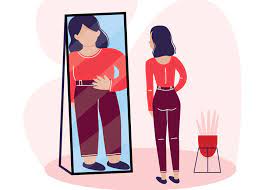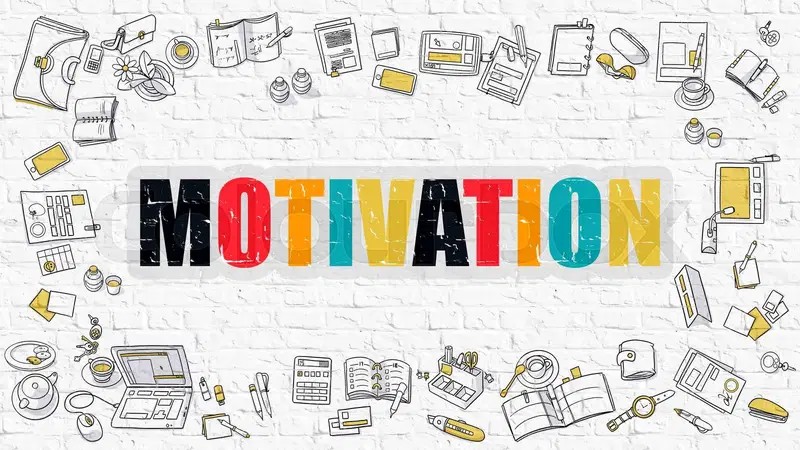The Fashion Industry and Mental Health
by Alyssa Digiovanna | Thursday, Jan 20, 2022
The fashion industry has been around for a long time, since about the 17th century, and has had a global reach through Europe, Asia, North America, etc. It involves a variety of professions, including fashion designers, models, photographers, set directors, casting directors, stylists, hair/makeup artists. The nature of the industry causes all these professionals to constantly be agitated as they strive for perfection, even in the smallest details. However, in this fast-paced industry, models tend to have it the worst as they are expected to follow all the consolidated instructions coming from the staff around them. Being forced to fit into all these different models has unsurprisingly led to a high rate of mental health issues amongst this group. It is especially concerning to see the fashion industry's effect on eating disorders in models.
As somebody who has been in the fashion industry for around 7 years, I have vast experience with this. Most of my friends and colleagues have suffered from at least one eating disorder, with me being no exception. Although my experience was less severe than my colleagues, it was still an anxiety-ridden time in my life.
Eating disorders come in many shapes and forms, such as anorexia nervosa, bulimia nervosa, and binge eating disorder. Despite their varying symptoms, they all have a common root in cultural ideals. While eating disorders may start off as unhealthy eating habits, they eventually become an obsession and destroy a persons' relationship with food.
Such destructive behaviors may involve not eating, intentional purging after eating, taking laxatives, among other things. These actions often become implicitly promoted in the modeling industry, especially in the western culture where the beauty standard is about being as thin as possible. However, these standards are often impossible to attain and lead to a culture of attaining impossible beauty no matter the cost. As a model, you constantly have people telling you that you are not thin enough or need to lose inches on your hips/waist/bust, and it's hard not to take that personally. Yes, it's an industry, and it might be a job, but that does not entitle anyone to tear your body and confidence apart. Questioning yourself and your identity because you couldn't instantly fit the perfect model mold that a client wanted shouldn't be allowed, yet it is the standard. I believe this is the driving force behind eating disorders in the fashion industry.
These disorders can coincide with anxiety. Between the early call times, running all over different cities (most you're unfamiliar with), and the impossible beauty standards, the pressure keeps building until you are in a state of constant worry. You're waiting for the "other shoe to drop," so to speak, even if everything is going right.
This constant worrying about being thin enough, being liked by a designer, or, in general, being good enough to model causes a breakdown of your self-image, and this breakdown paves the way for eating disorders to develop. It's a way of controlling something because you feel everything else is out of your control. After all, even if you can't control which designers book me, you can control your food intake.
Despite the drawbacks of the fashion industry, there are still ways the industry can change for the better. If the people of this industry were more inclusive of "all shapes and sizes" and didn't force specific measurements on models, it would reduce the need to try and be smaller than your body naturally wants to be. Designers can be more inclusive by making several different sample sizes instead of only one and including people of all shapes and sizes to walk down the runway showcasing their designs. In general, messaging about beauty can change to whatever body shape you attain from eating healthily and exercising a proper amount is the best build for you. This would also help the general population because young boys and girls would see healthy-looking people in magazines instead of this unattainable body type. It is imperative for cultural ideas to change in favor of natural beauty.
If you take anything away from this blog, take away that beauty standards in the fashion industry are not always achieved with healthy methods. Keep eating healthy, exercising, and loving yourself because you are perfect just the way you are!
Sources and further research
Ekern, Jacquelyn. "The Fashion Industry & Body Image; Transcending the Acquisition of Thinness."
Eating Disorder Hope
, 15 May 2015,
https://www.
Petre, Alina. "Learn about 6 Common Types of Eating Disorders and Their Symptoms."
Healthline
, Healthline Media, 30 Oct. 2019,
https://www.healthline.
Yotka, Steff. "A New Study Takes on Eating Disorders in Modeling."
Vogue
, Vogue, 2 Feb. 2017,
https://www.vogue.com/


